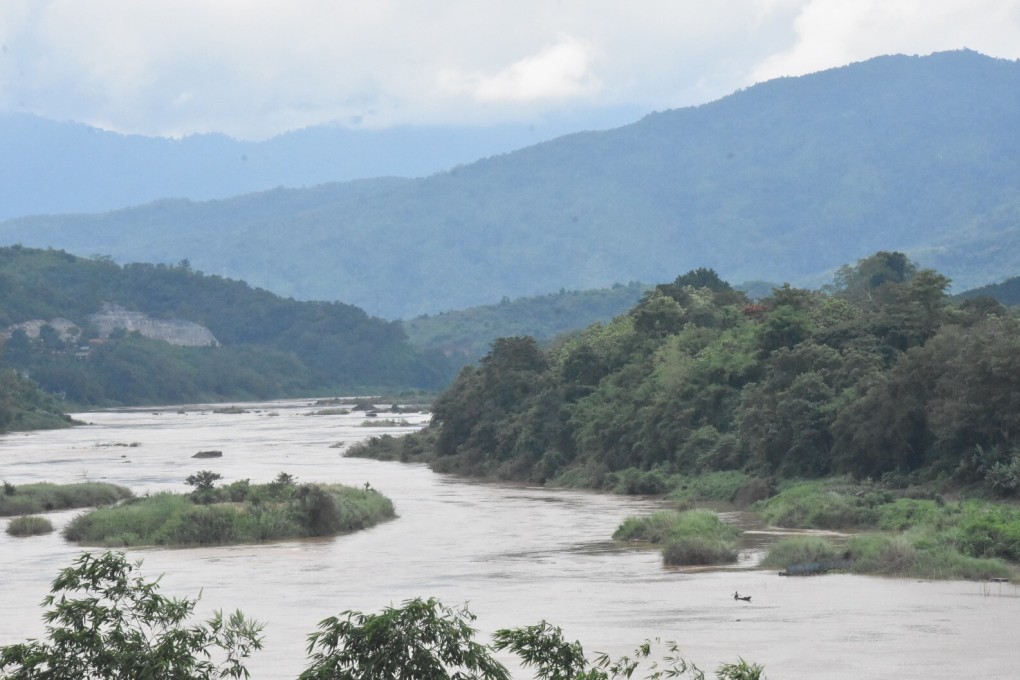China denies Mekong River water levels fell due to flow restrictions from Jinghong hydropower dam
- The Mekong River Commission said levels dropped despite a pledge not to hold back water, but China said fluctuations were caused by ‘interval rainfall’
- Experts say a change in river levels poses a threat to biodiversity and fisheries and could affect the livelihoods of about 60 million people living downstream

“There is no so-called interception problem in the operation of [Chinese] hydropower stations, and it does not consume water. Instead, it scientifically regulates the run-off,” the ministry said.
“During floods, it stores water properly, reduces the discharge flow, and appropriately increases the discharge flow during the dry season to reduce the flood and drought disasters in the basin,” it added.
According to water flow analysis in the lower Mekong conducted by the ministry’s experts, the recent fluctuations in the water level in Thailand’s Chiang Saen hydrological station were mainly caused by what it calls “interval rainfall”.
From July 18 to 22, Jinghong Dam’s discharge remained stable at about 1,400 cubic metres per second, the ministry said, but due to the rainfall in the interval, the water level increased by 4,770 cubic metres per second within five days.
This resulted in a 3.8-metre increase in water level which gradually declined, it said, pointing out the Mekong River Commission (MRC) had also reached the same conclusion in a statement issued on July 28.